Austrian Pine Lumber
- June 27, 2023
- 0 comment

The Austrian Pine, scientifically known as Pinus nigra, is a type of softwood native to Europe but has been widely introduced in many parts of the world due to its adaptability and hardiness. While it is typically grown for ornamental and windbreak purposes, its wood has certain attributes that make it useful for specific applications.
Aesthetically, the heartwood of Austrian Pine is typically a yellowish-brown, with the color deepening with age. The sapwood, by contrast, is a pale yellow and is often not clearly differentiated from the heartwood. The wood has a straight grain and a medium to coarse texture. The growth rings are clearly visible and can create an attractive pattern, especially on plain-sawn surfaces. Knots are common but can add character to the wood, especially in rustic applications.
Austrian Pine is considered easy to work with using both hand tools and machines, although resinous areas can cause some difficulties with cutting tools. It responds well to both staining and painting, and it can be glued effectively. The wood also has good nail and screw-holding capabilities. While not as durable as some hardwoods, Austrian Pine offers moderate resistance to decay and pests. It is typically used for construction lumber, utility poles, paper pulp, and occasionally for furniture and cabinet making. For anyone considering using this wood, it is advisable to get specific information from a reliable local source or supplier due to variations in quality depending on growth conditions.
| Property | Value |
|---|---|
| Common Name(s) | Austrian Pine |
| Scientific Name | Pinus nigra |
| Distribution | Central and Southern Europe |
| Tree Size | 65-130 ft (20-40 m) |
| Average Dried Weight | 33-41 lbs/ft3 (530-660 kg/m3) |
| Specific Gravity | 0.53-0.66 |
| Janka Hardness | 730 lbf (3,250 N) |
| Modulus of Rupture | 9,640-11,870 psi (66.6-81.9 MPa) |
| Elastic Modulus | 1,240,000-1,550,000 psi (8.55-10.69 GPa) |
| Crushing Strength | 4,490-6,320 psi (30.9-43.6 MPa) |
| Shrinkage | Radial: 4.4%, Tangential: 8.5%, Volumetric: 13.6% |
Color/Appearance:
Austrian Pine lumber ranges in color from light yellow to reddish-brown. The wood may contain resinous streaks, knots, and sapwood, which can create color variations and add character to the lumber. It can darken slightly over time with exposure to light.
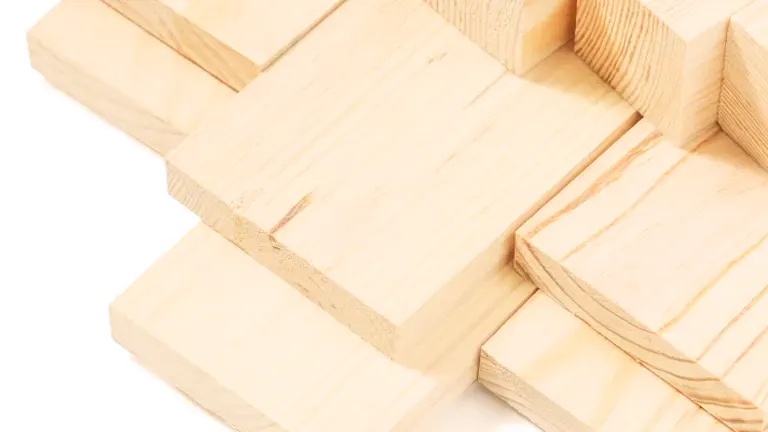
Grain/Texture
The grain of Austrian Pine is typically straight, though it can occasionally be wavy or interlocked. It has a medium to coarse texture, giving the wood a rustic and natural appearance.
Rot Resistance
Austrian Pine is moderately resistant to rot and decay, but it is recommended to provide appropriate protection and finishes to enhance its longevity when used in exterior applications.
Workability
Austrian Pine is generally easy to work with both hand and machine tools. It cuts cleanly and can be easily nailed, screwed, and glued. The wood can be sanded to achieve a smooth finish, and it holds paint and stain well.
Odor
Austrian Pine may have a faint resinous odor when freshly cut, which can be enjoyable for some woodworkers. However, the scent typically diminishes over time.
Allergies/Toxicity
There are no known specific allergenic or toxic properties associated with Austrian Pine lumber. However, as with any wood, individuals with existing allergies should take precautions and wear appropriate protective equipment when working with this material.
Pricing/Availability
Austrian Pine lumber is typically available at a moderate price range. Its availability may vary depending on the region and local suppliers. It is advisable to check with local lumberyards or specialized wood suppliers for availability and current pricing.
Sustainability
Austrian Pine is generally considered a sustainable choice for lumber. It is cultivated in managed forests, and responsible forestry practices ensure the preservation of the species and the replenishment of the resource.
Common Uses
Austrian Pine lumber finds applications in various woodworking projects. It is commonly used for interior and exterior construction, including framing, sheathing, flooring, paneling, and furniture. It’s versatile nature and attractive grain make it suitable for a wide range of applications.
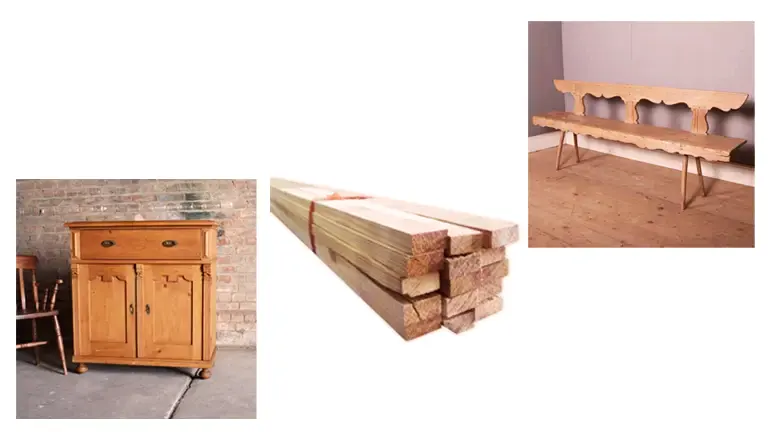
Frequently Asked Questions
- Can Austrian Pine be used for outdoor projects? Austrian Pine is suitable for outdoor projects, especially when properly treated and finished to enhance its durability and resistance to moisture.
- Is Austrian Pine prone to splitting or warping? Austrian Pine is generally stable, but like any wood, it may split or warp under certain conditions. Proper drying and acclimation techniques can help minimize these issues.
- Can Austrian Pine be stained or painted? Yes, Austrian Pine can be stained or painted to achieve desired colors and finishes. It readily accepts various finishes and coatings.
- Does Austrian Pine have any specific scent? Austrian Pine may have a faint resinous odor when freshly cut, which can add to the woodworking experience. However, the scent diminishes over time.
- Is Austrian Pine suitable for flooring? Austrian Pine is used for flooring in various settings. Its attractive color, rustic appearance, and durability make it a viable option for both residential and commercial flooring applications.


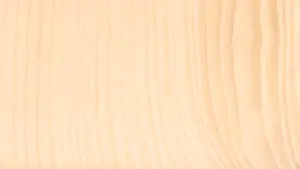
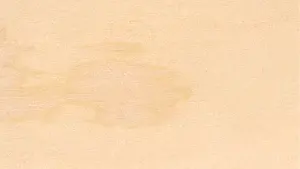

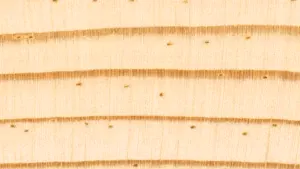
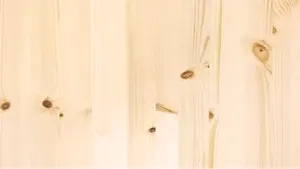



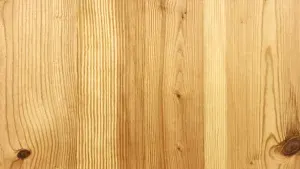

Leave your comment